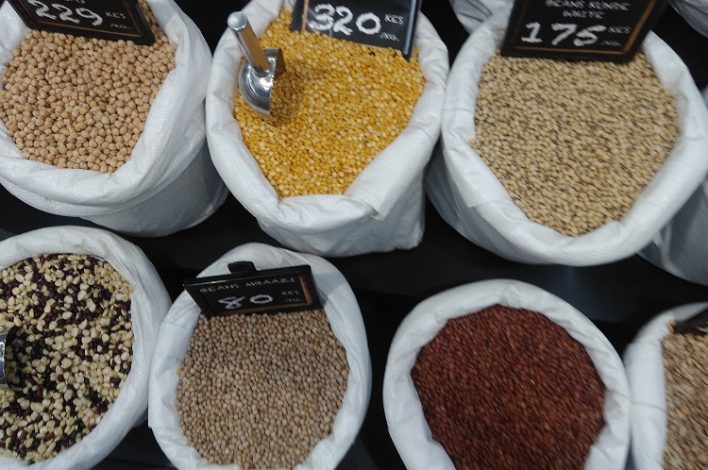World food prices declined for the 12th consecutive month in March, the United Nations food agency said on Friday.
The Food and Agriculture Organization (FAO) food price index, based on worldwide prices for 23 food commodity categories, covers prices for 73 different products compared to a baseline year.
“While prices dropped at the global level, they are still very high and continue to increase in domestic markets, posing additional challenges to food security,” Maximo Torero, FAO’s chief economist, said in a statement.
“This is particularly so in net food-importing developing countries, with the situation aggravated by the depreciation of their currencies against the U.S. dollar or the euro and a mounting debt burden,” he added.
FAO’s broad Food Price Index slipped 2.1 per cent in March, and it is now down 20.5 per cent since reaching its all-time peak in 2021 following the Russia-Ukraine conflict.
This is the first time the index has fallen for a full year.
According to the FAO Cereal Price Index, international wheat prices fell by 7.1% due to strong output in Australia, improved crop conditions in the European Union, high supplies from the Russian Federation and ongoing exports from Ukraine from its Black Sea ports.
World maize prices fell by 4.6% due partly to expectations of a record harvest in Brazil1.
Rice prices eased by 3.2% amid ongoing or imminent harvests in major exporting countries, including India, Vietnam and Thailand.
The FAO Vegetable Oil Price Index averaged 3% lower than the previous month and 47.7% below its March 2022 level, as ample world supplies and subdued global import demand pushed down soy, rapeseed, and sunflower oil quotations.
Challenges of Feeding Ourselves: Case of Smallholder Farming




